Tree Equity Score
By the numbers
200K
Tree Equity Scores are available for nearly 200,000 urban neighborhoods in the United States.
260M+
More than 260 million people live in the neighborhoods covered by Tree Equity Score.
500M
We need over 500 million more new trees to achieve Tree Equity in all areas with inadequate tree cover.
3B
These trees would provide ecosystem service benefits valued at nearly $3 billion each year.
Join the movement
American Forests developed Tree Equity Score to address damaging environmental inequities in tree distribution common to cities and towns all across the U.S. Tree Equity Score establishes an equity-first standard to guide investment in critical urban tree infrastructure, starting with neighborhoods with the greatest need.
We created Tree Equity Score so that every person has the information they need to advocate for the health and resilience of their community.
American Forests partners with corporations, foundations, government agencies, community-based organizations, community leaders, nonprofit organizations and academic institutions at the local, state and federal levels to advance Tree Equity. Tree Equity Score was made possible by the generous financial support from partners.
Collaborators
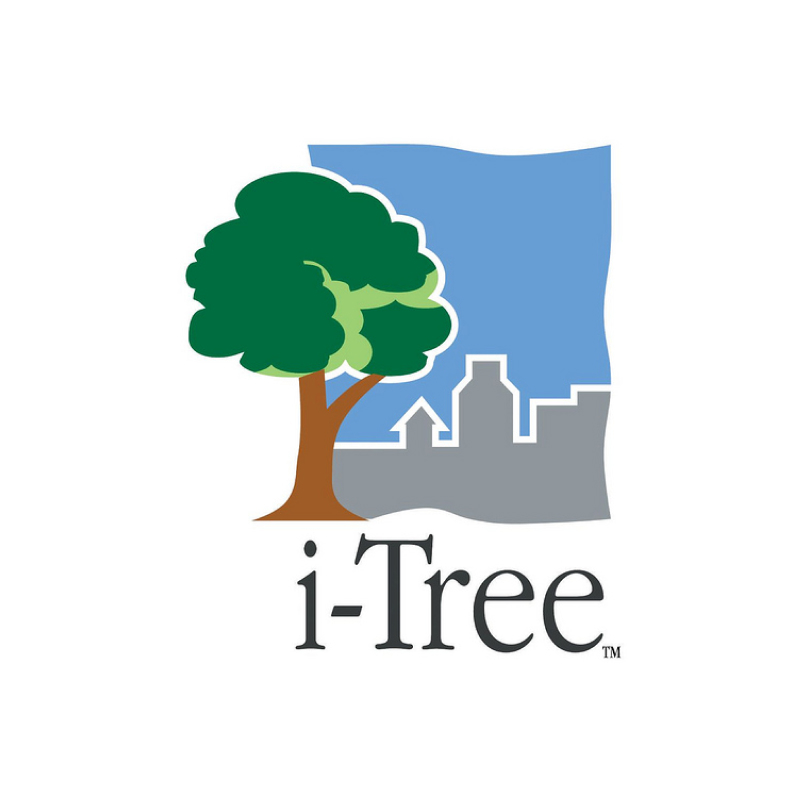

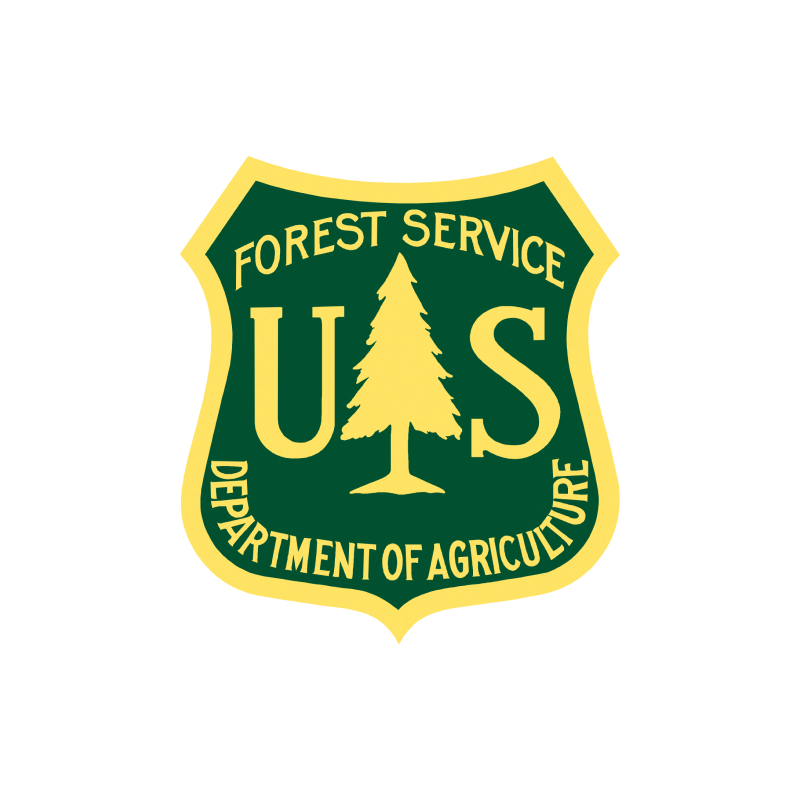


Contributors
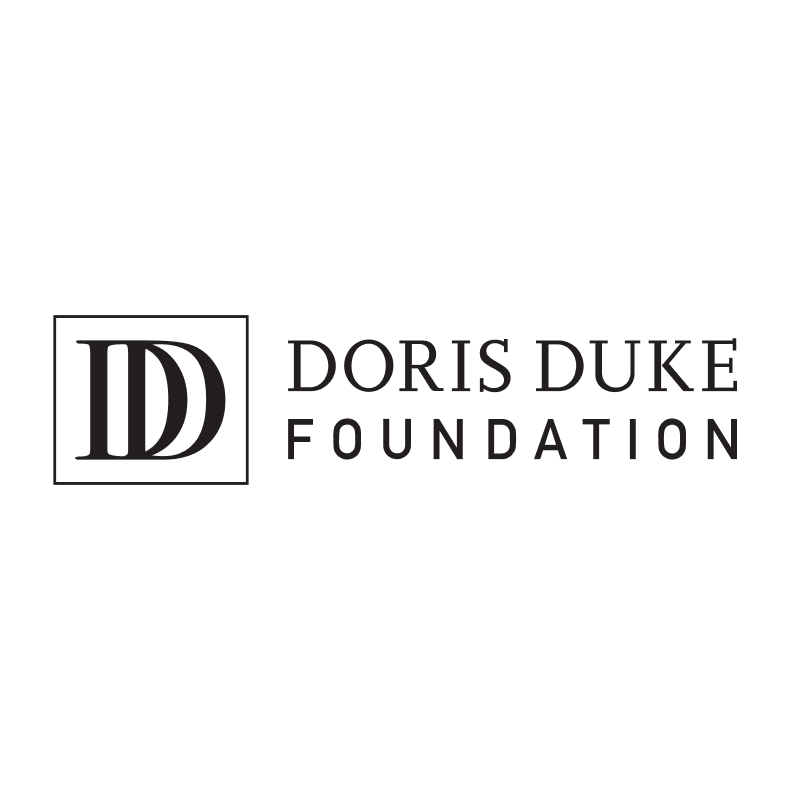


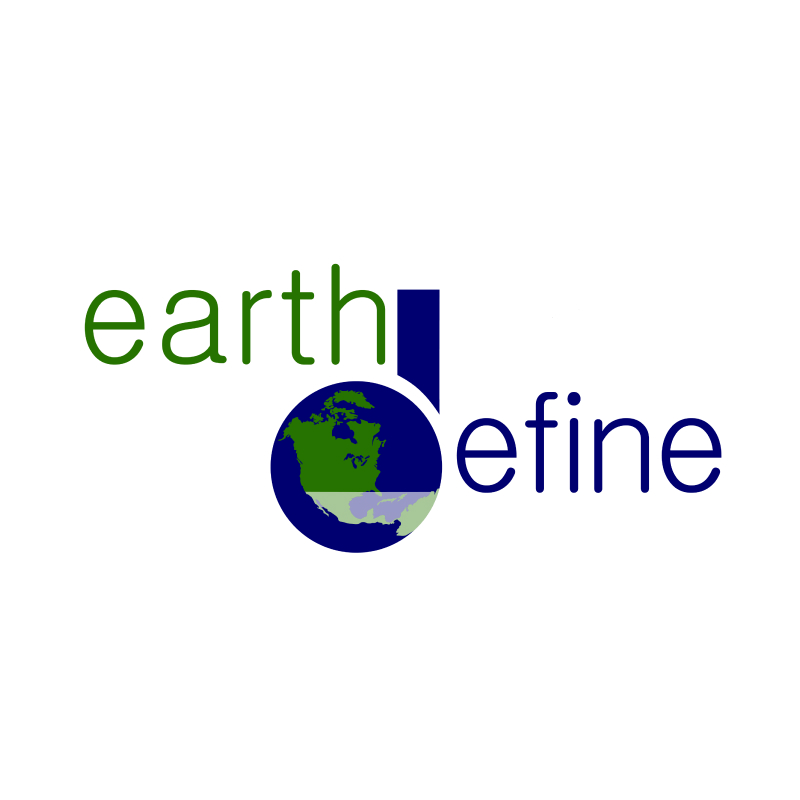





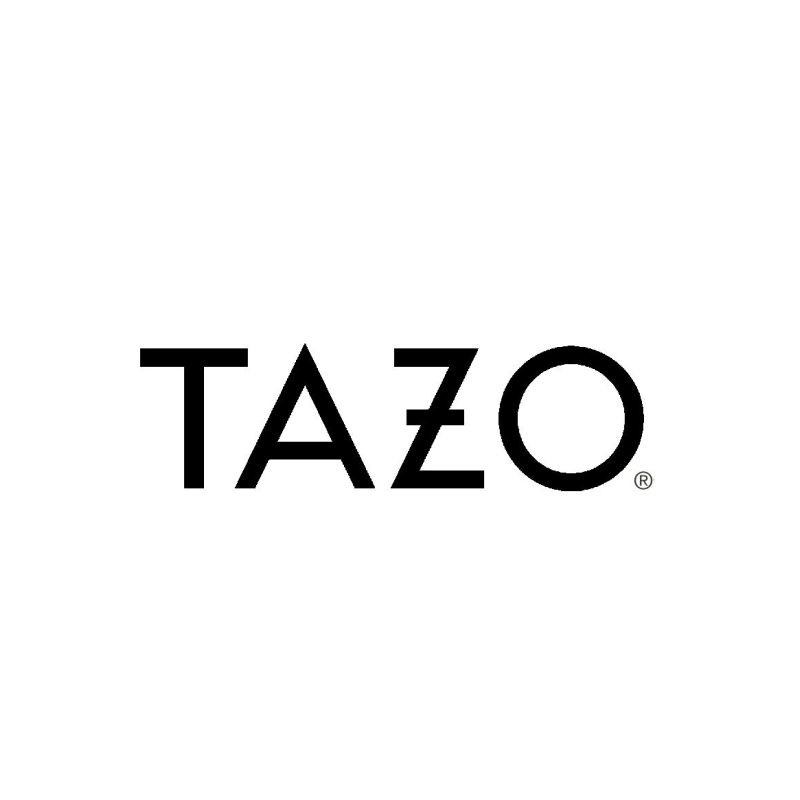
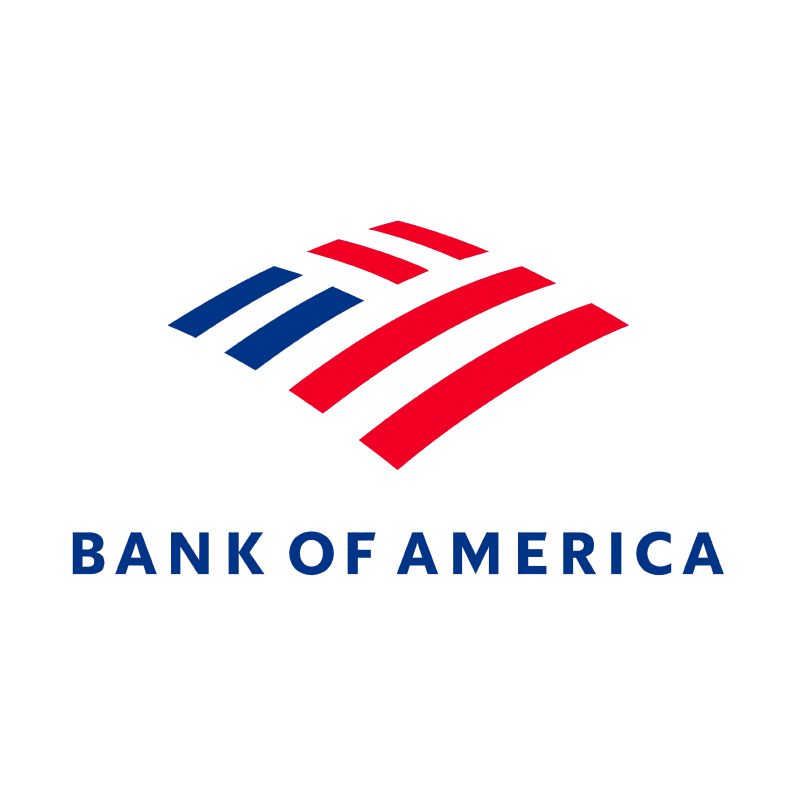
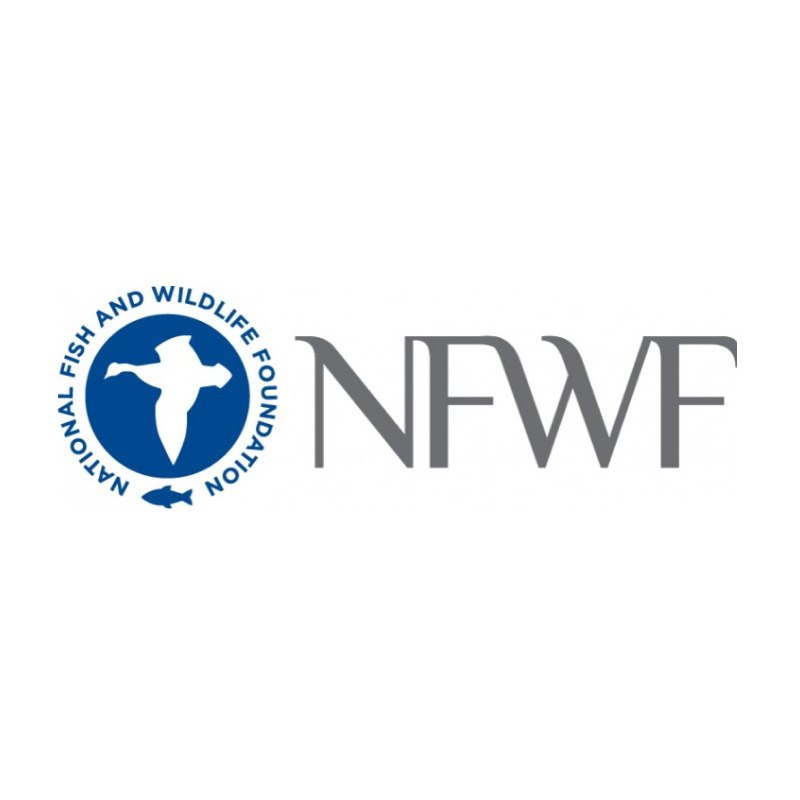





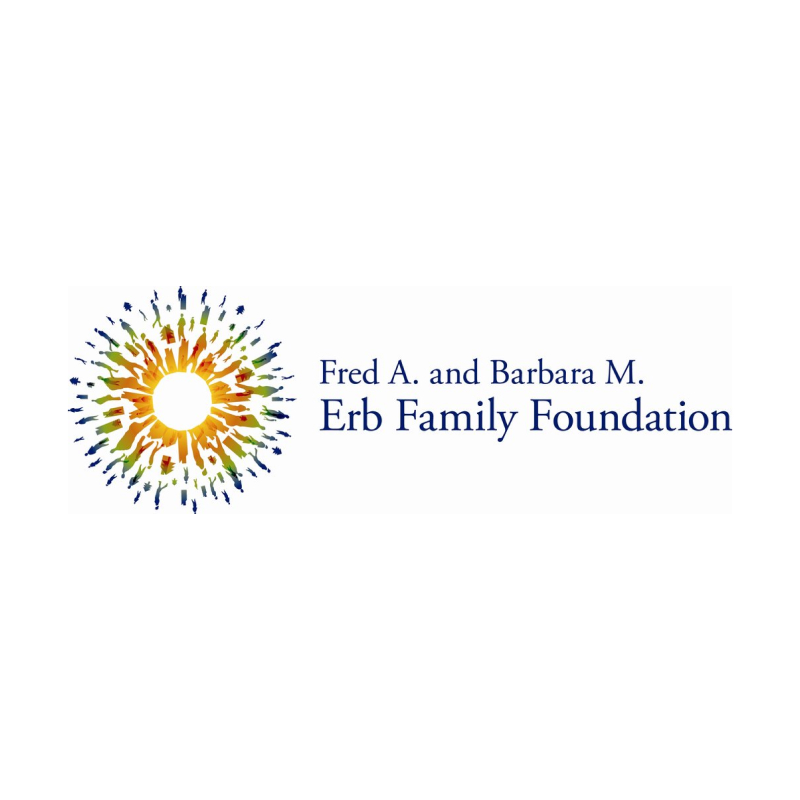
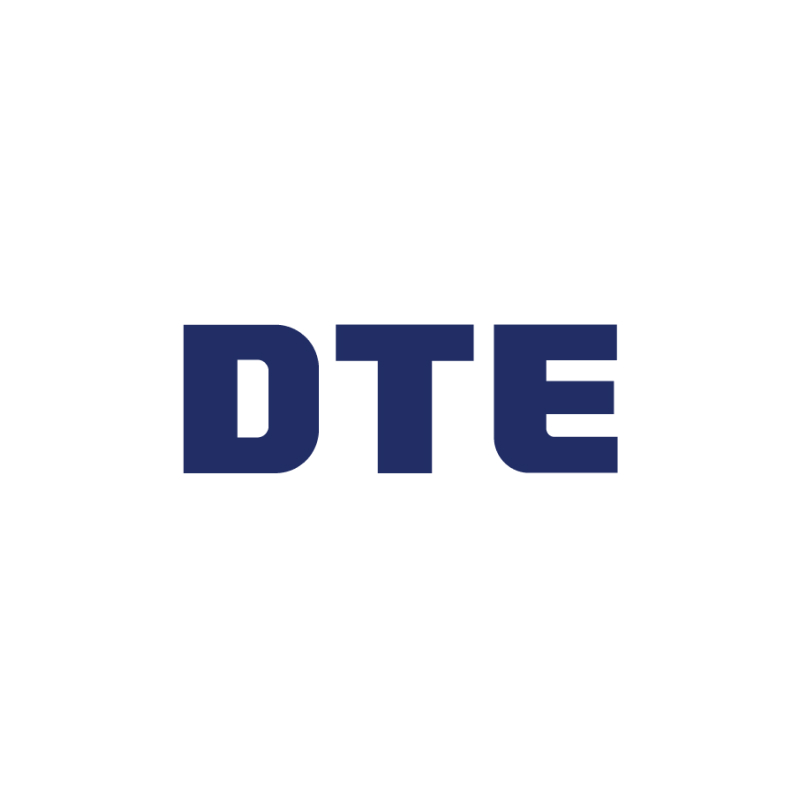


National Explorer
Local Analyzers
International
Made possible with tree canopy provided by 
American Forests
1220 L Street, NW,
Suite 750
Washington, DC 20005
Copyright © 2024 American Forests. All Rights Reserved. Privacy Policy.